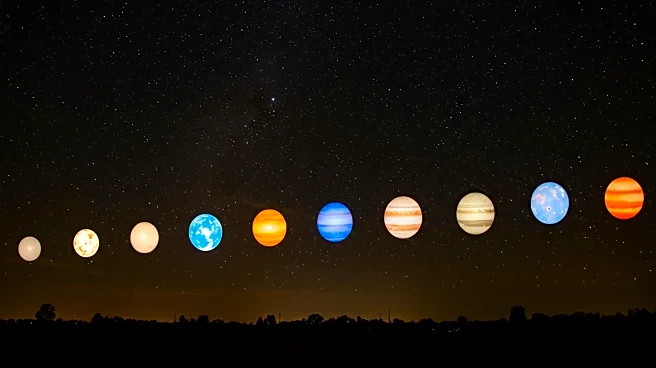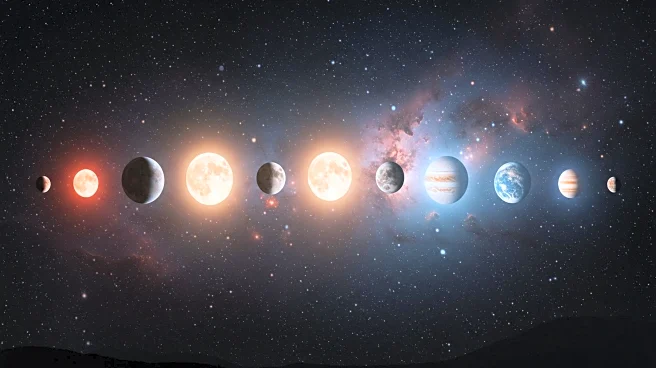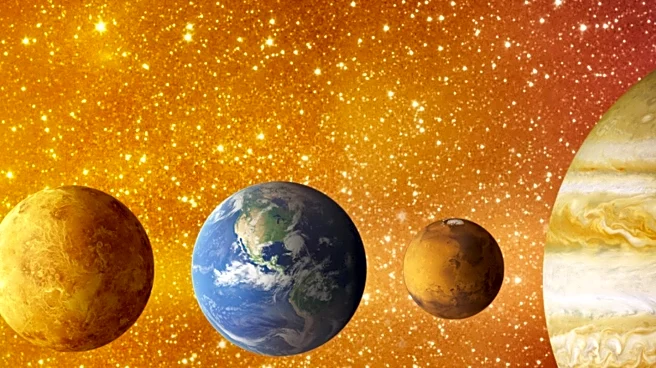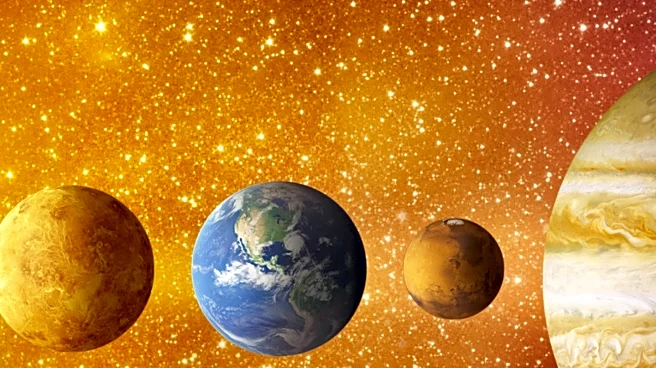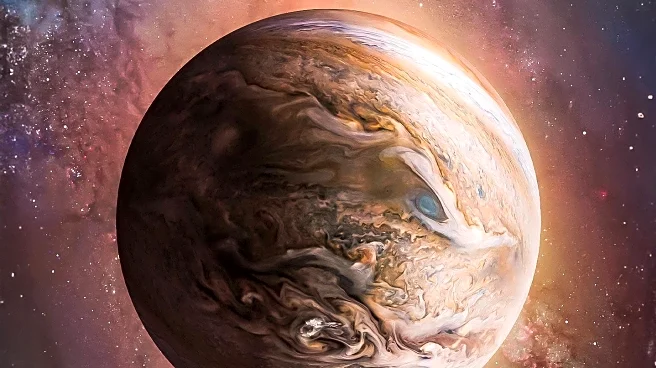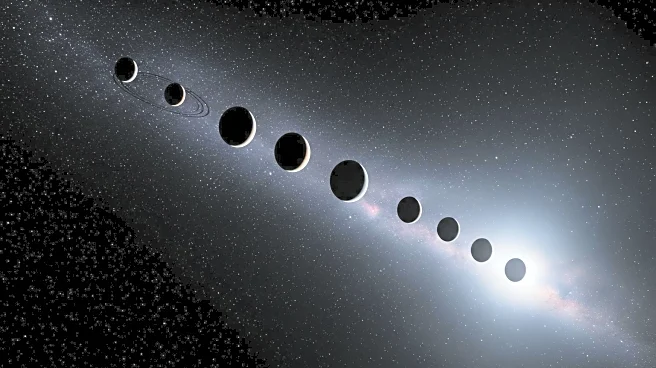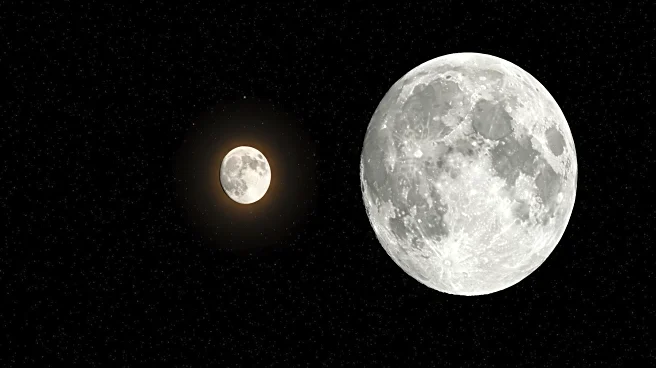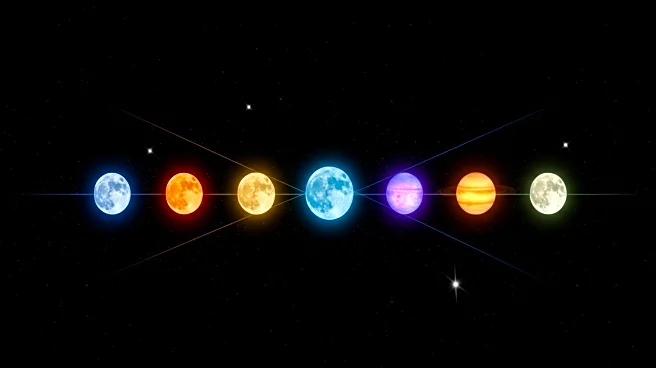What is the story about?
What's Happening?
This month, a rare astronomical event known as a planetary parade is occurring, where six planets align in the early morning sky. Venus, Jupiter, Saturn, and Mercury are visible without special equipment, while Uranus and Neptune require binoculars or telescopes. The best viewing opportunities are over the next week, with Jupiter and Venus appearing close together in the eastern sky. Mercury will be at its farthest point from the sun on Tuesday morning, making it easier to spot before it disappears into the sun's glare. Observers are advised to look east shortly before sunrise for the best chance to see these planets.
Why It's Important?
The planetary parade offers a unique opportunity for both amateur and professional astronomers to observe multiple planets simultaneously. Such events are relatively common but vary in the number of visible planets. This alignment provides educational and observational benefits, encouraging public interest in astronomy and science. It also highlights the importance of clear skies and minimal light pollution for optimal viewing, underscoring ongoing discussions about environmental impacts on astronomical observations.
What's Next?
Mercury will soon hide behind the sun again, but a crescent moon will join the parade later in the month. The next significant planetary alignment is expected in February, offering another chance for sky watchers to observe these celestial bodies. This ongoing cycle of planetary parades continues to engage the public and promote interest in space science.
Beyond the Headlines
The event underscores the importance of public science education and the role of institutions like NASA in fostering interest in astronomy. It also highlights the need for preserving dark skies, which are increasingly threatened by urban development and light pollution. Such events can inspire future generations to pursue careers in science and technology.
AI Generated Content
Do you find this article useful?
